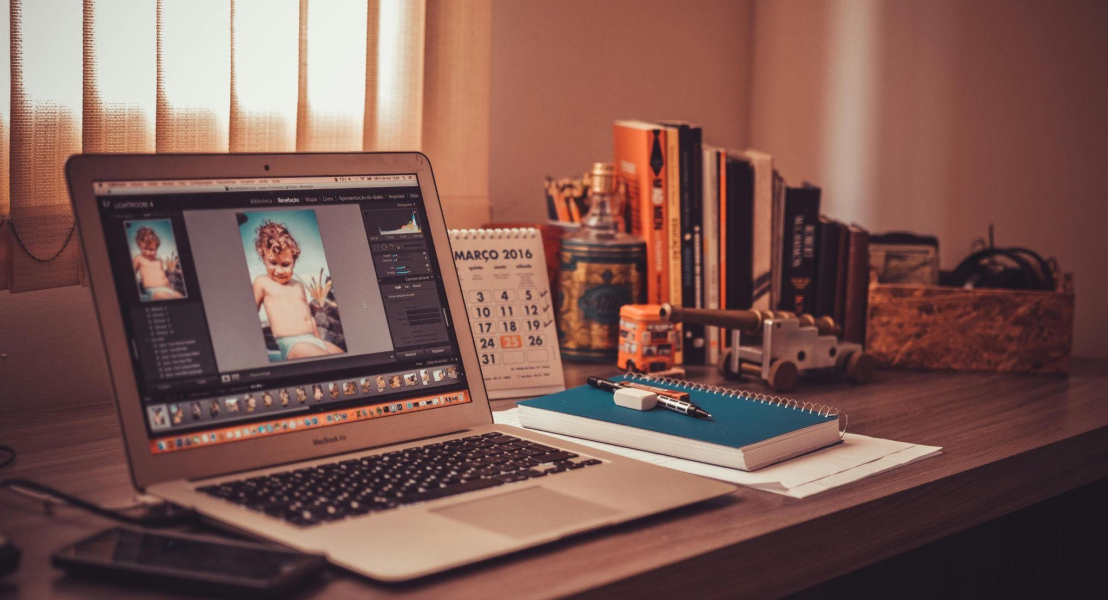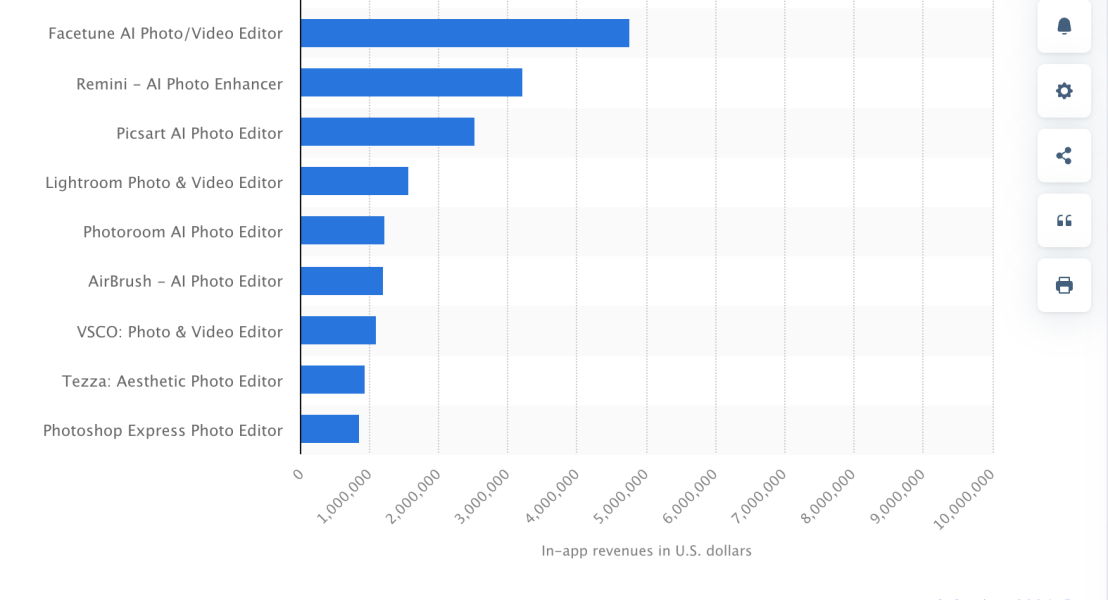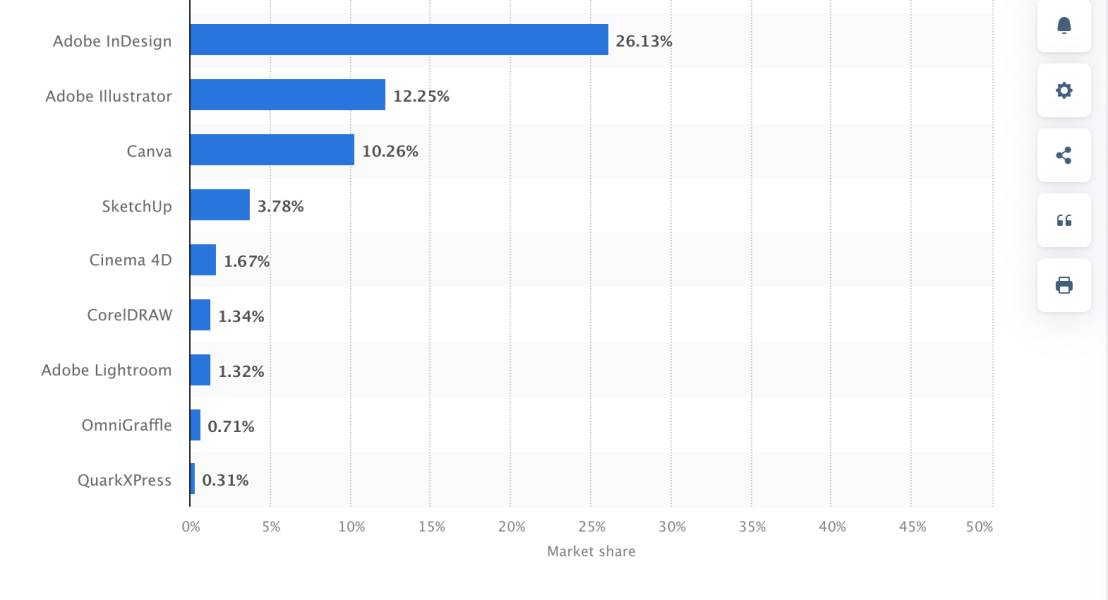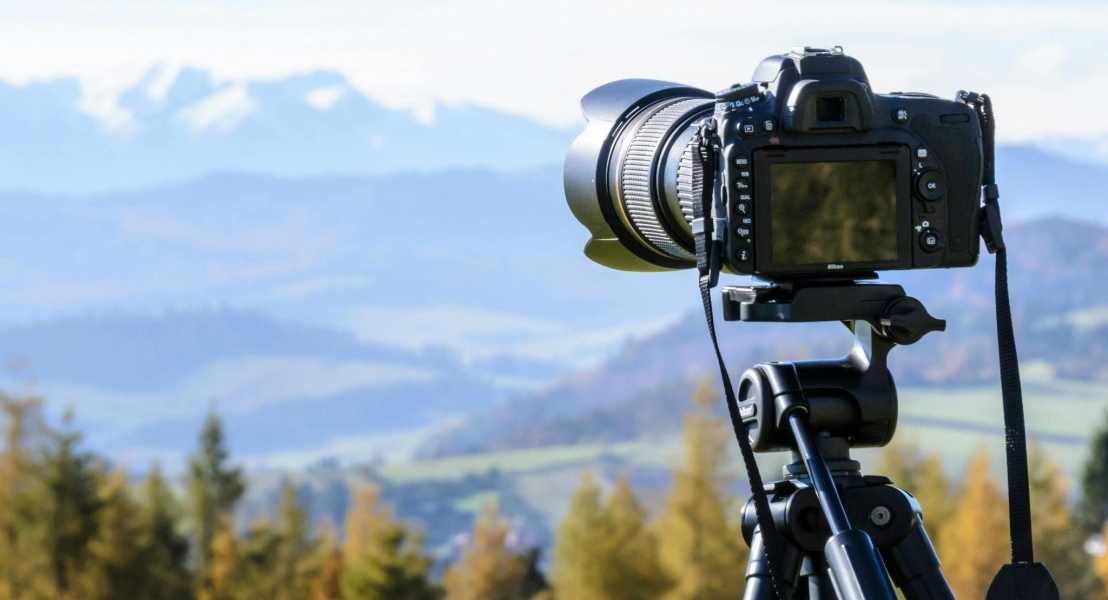Darkroom chemicals gave way to simple apps for editing photos, and there are three groups behind this rise:
- Pros: It helps photographers get better at what they do.
- Social media users: People want their online photos to look good.
- Casual editors: Everyone likes adding fun details to their pictures, so anyone can be a casual editor.
Today, we can see tons of photo editing tools making their way for people to ease their post-processing. They are either free or paid plans, depending on the application.

Source: Pexels
With the continuous development of such software for photo editing, more people are clamoring about the nit and grit of post-processing pictures. It is helpful for professional and personal purposes.
As we go through this blog, we will learn the different features you need to know to edit your photos. Let’s dig into what helps you achieve the perfect image.
Shall we?
1. Core features for everyone
There are several photo editing platforms available today. Different software shows promising features, which is evident in the number of users in the United States.
Statista said the mobile editing app Canva made more than 8.7 million dollars in January 2024. Canva is famous because it lets users make collages and other photo content.

Source: Statista
Facetune, made by the Jerusalem-based unicorn Lightricks and famous for its Instagram picture filters, came in second with sales of about 4.7 million U.S. dollars. People in the United States spent over $3.2 million on the photo maker app Remini: AI Photo Enhancer.
Photo editing software has numerous tools, but these are the ones that most people use every day:
- Basic adjustments: This is what editing is all about. You can edit the brightness, contrast, and white balance. You can also change the highlights, shadows, and whites and blacks for more exact control.
- Cropping and resizing: For different purposes, you can crop the picture to get just the part you want and resize it to change its overall size.
- Selection and masking: With selection and masking, you can separate parts of a picture and edit them separately. You can choose what to change with brushes, lassos, or automatic picking.
- Layers: Picture working on pieces of clear paper stacked on top of each other. Layers let you edit without destroying the original picture. You can try different adjustments, filters, and effects on different layers without changing the original.
- Noise reduction: Digital pictures can have noise or grain that you don’t want. Noise reduction tools make the picture smoother while keeping the details.
- Sharpening: This makes the edges and small features in your picture stand out more.
- Selective adjustments: Some software lets you change parts of a picture instead of the whole thing when you make global changes. You can dodge and burn certain areas for a more complex look to make them lighter or darker.
- Filter and effects: The filters and effects give you room to be artistic. Filters can entirely change the mood and style of your picture. They can do anything from subtle color grading to dramatic special effects.
2. Features for beginners
Here are some of the easiest and most helpful photo editing features for people who are just starting:
- Auto-enhance: Many programs have an “auto-enhance” button that you can click to have the program look at your picture and introduce changes to the brightness, contrast, and color balance. It’s a great place to start getting better quickly.
- Presets and filters: Most editing software has effects and filters already made and can be used with just one click. These come in many styles, from old looks to bright color pops, so trying out different looks is easy.
- Cropping and straightening: These tools help you get attention to the important part of the picture and ensure its level. Cropping removes background elements that aren’t needed, and straightening fixes borders that are tilted for a better look.
- Changes to the basics sliders: Look for sliders that let you change the color, contrast, and brightness. Even small changes can make a big difference in how your picture looks and feels.
- Correction of brightness: A quick change to the brightness can make many photos look better. To highlight details and make the picture more transparent, use sliders to make an underexposed shot brighter or an overexposed one darker.
- Blemish removal: Simple tools for blemish removal can help remove dust spots, minor scratches, and other temporary flaws in a picture to make it look better.
- Red-eye correction: This helpful tool removes the annoying red-eye effect that flash photography often causes.
3. Features for enthusiasts
Based on a survey from Statista, Adobe Photoshop is the most popular graphics and picture editing software in 2024. About one-third of people who buy this kind of software choose an Adobe product. Creative Suite and Creative Cloud, two other Adobe products, are also very popular with enthusiasts.

Photo editing enthusiasts want more than just the essential tools. They want features that give them more freedom, control, and creativity.
Here’s what people who like to edit photos usually look for:
- RAW editing: Unlike compressed JPEGs, RAW pictures keep all the sensor data from the camera. This means that they can be edited with the most quality and freedom. Software for enthusiasts gives them RAW processing tools to get the most out of their shots.
- Advanced color correction: You can control colors more precisely than just white balance. Enthusiast tools let you make limited color changes, edit HSL (Hue, Saturation, and Lightness), and use color grading tools to make colors look just right and set the mood you want.
- Non-destructive editing workflows: Layers and masks are essential to fans when making exact changes. Advanced software has powerful tools for managing layers, adjustment layers for making changes without destroying the original, and layer masking tools for fine-tuning control over choices.
- Batch editing: It’s imperative to save time. Batch editing lets you make the same changes to many photos at once, which is very helpful when working with large groups of photos.
- Calibration tools: Calibration tools let color lovers ensure their monitors consistently and accurately show colors. This way, edits will look great on print or other outputs.
- Plugins and extensions: Enthusiasts often need plugins or extensions that let them add special effects and features that work with certain photography styles or processes.
- Focus stacking: This method combines several pictures with various focus points to make a single picture with excellent depth of field for macro or landscape photos. Focus stacking processes can be made more accessible with enthusiast software tools.
- HDR editing: High Dynamic Range (HDR) lets you get featured in a picture’s bright and dark areas. With enthusiast software, you can use advanced controls to make HDR photos look natural or dramatic.
4. Features for professionals
Professionals use picture editing software to get beautiful results, work quickly, and track their busy workflows. These professionals are frequently the ones who got the popular online graphic design degree that made them a pro in this field.
Here are some of the most important tools for professional photo editors:
- Advanced retouching tools: For professional portrait editing, it’s important to remove flaws, smooth out wrinkles, and improve the general look of the skin. For retouching to look natural and lifelike, professionals need precise tools.
- Object removal and content-aware fill: Professionals may need to get rid of things that aren’t needed in pictures. With more advanced software, you can eliminate those objects and have realistic background details automatically fill in the gaps.
- Batch processing with presets and actions: The most significant thing is to save time. Batch processing lets professionals edit or prepare many photos simultaneously with the same changes. By making and saving custom actions, they can automate jobs that they do repeatedly, making them more efficient.
- Calibration and ICC profiles: Color precision is crucial for professional work. Strong calibration tools and ICC profile management are built into modern software to ensure changes look great on all computers and printing methods.
- Expert sharpening: Professionals go beyond simple sharpening and use tools like selective sharpening and halo reduction to fine-tune picture clarity without adding any unwanted artifacts.
- Copyright and watermarking: To protect copyright and brand names, professionals often add watermarks to their images. More advanced software has watermarking tools that can be customized.
- Metadata management and cataloging: Keeping track of huge picture libraries is important. Professional software has strong tools for managing metadata and cataloging images, making it easier to find what you need.
- Tethered shooting: This feature lets photographers move pictures from their cameras to their computers so they can view and edit them right away. It’s great for studio shoots or events that happen quickly.
- Integration with outside tools: In professional settings, picture editing software is often used with other tools, such as digital printing software or asset management systems. It’s great that these tools can be used together.
5. Accessibility features
Photo editing software is getting a lot easier for people who usually encounter retouching mistakes. Take a closer look at some of the most essential features that are making picture editing more useful:
- Keyboard shortcuts and screen reader compatibility: People who have trouble seeing or moving need to be able to use software only with the keyboard. Keyboard shortcuts and compatibility with screen readers let them use the program without a mouse to handle it and get to all its features.
- High contrast mode: High contrast mode makes it much easier to see editing tools by making the colors of interface elements stand out more from the picture itself.
- Zoom options: Users with trouble seeing or working on small details can benefit from zoom choices that let you enlarge certain photo parts for more precise editing.
- Voice commands and audio cues: Software that includes voice commands lets such people handle editing by just speaking. In addition, audio cues can provide feedback on actions taken or show different ways to use the software besides just looking at it.
- Customizable interfaces and alternative text descriptions: They may find it much easier to use an interface if they can change the style and size of the icons. For people who have trouble seeing, alternative text descriptions for image material let screen readers read the image to them.
Create more and achieve more with these photo editing tools
Photo editing has become very popular quickly, thanks to better tools, more people using social media, and a desire to be creative. To meet the needs of this group of users, picture editing tools come with various features, from simple adjustments for amateurs to more complex features for professionals.

Source: Pexels
As features that make software easier for people with disabilities become more popular, picture editing software is becoming more open to everyone than ever.
Moreover, the rise in creative entrepreneurship has led to a surge in demand for personalized and custom-designed products, seamlessly integrating photo editing skills into the business model. Entrepreneurs are discovering how effective these tools can be in enhancing product visuals, which is crucial in online marketplaces.
A compelling example of this trend can be seen in the world of print-on-demand services, where high-quality, edited images play a vital role in product presentation and customer engagement.
For those intrigued by the intersection of photo editing and e-commerce, exploring embroidery ideas offers a window into how visually enhanced products can captivate and connect with audiences. This illustrates the potential for photo editing to transcend traditional boundaries and enter new realms of digital creativity and commerce.
There is a photo editing tool for everyone, from social media experts to amateur photographers to seasoned pros. It will have the features to make your creative idea come to life.
So, which type of photo editor are you, and what are your favorite tools?
 625
625
 11 min
11 min




